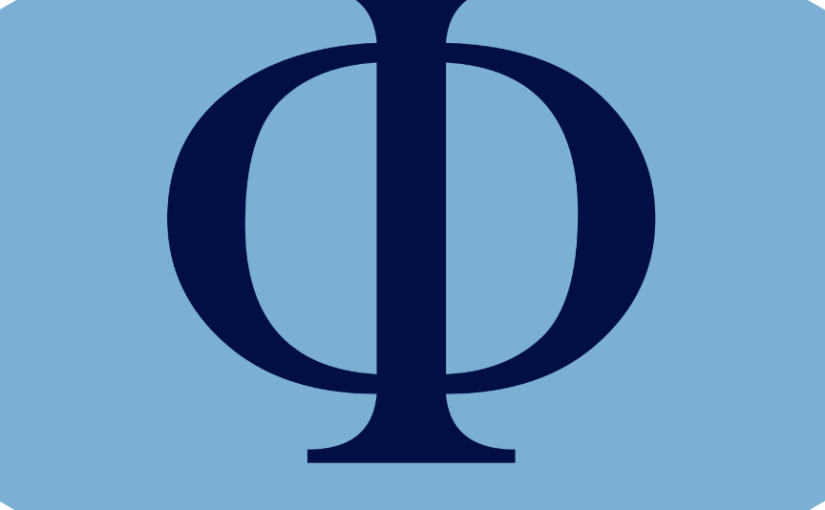We have a sequel to Φ-Space, Φ-Space ST developed by Dr Jiadong Mao for spatial transcriptomics studies! We are very excited about these new developments and the potential of Φ-Space for single cell annotation!
Φ-Space ST is:
- A novel and fast approach for cell type composition analysis.
- Platform-Agnostic and Scalable as it works across multiple spatial transcriptomics (ST) platforms, including CosMx, Visium, and Stereo-seq.
- Accurate and integrative as it identifies cell states by leveraging multiple scRNA-seq references.
- Segmentation-Free & Niche-Driven as it annotates cell states at subcellular resolution, uncovering niche-specific cell types and tumor-distinguishing patterns.
Φ-Space ST: a platform-agnostic method to identify cell states in spatial transcriptomics studies. Jiadong Mao, Jarny Choi, Kim-Anh Lê Cao. bioRxiv 2025.

Check Jiadong’s latest seminar he presented at Melbourne Integrative Genomics on Friday 14th February 2025:
Abstract
We introduce Φ-Space ST, a platform-agnostic method to identify continuous cell states in spatial transcriptomics (ST) data using multiple scRNA-seq references. For ST with supercellular resolution, Φ-Space ST achieves interpretable cell type deconvolution with significantly faster computation. For subcellular resolution, Φ-Space ST annotates cell states without cell segmentation, leading to highly insightful spatial niche identification. Φ-Space ST harmonises annotations derived from multiple scRNA-seq references, and provides interpretable characterisations of disease cell states by leveraging healthy references. We validate Φ-Space ST in three case studies involving CosMx, Visium and Stereo-seq platforms for various cancer tissues. Our method revealed niche-specific enriched cell types and distinct cell type co-presence patterns that distinguish tumour from non-tumour tissue regions. These findings highlight the potential of Φ-Space ST as a robust and scalable tool for ST data analysis for understanding complex tissues and pathologies.




